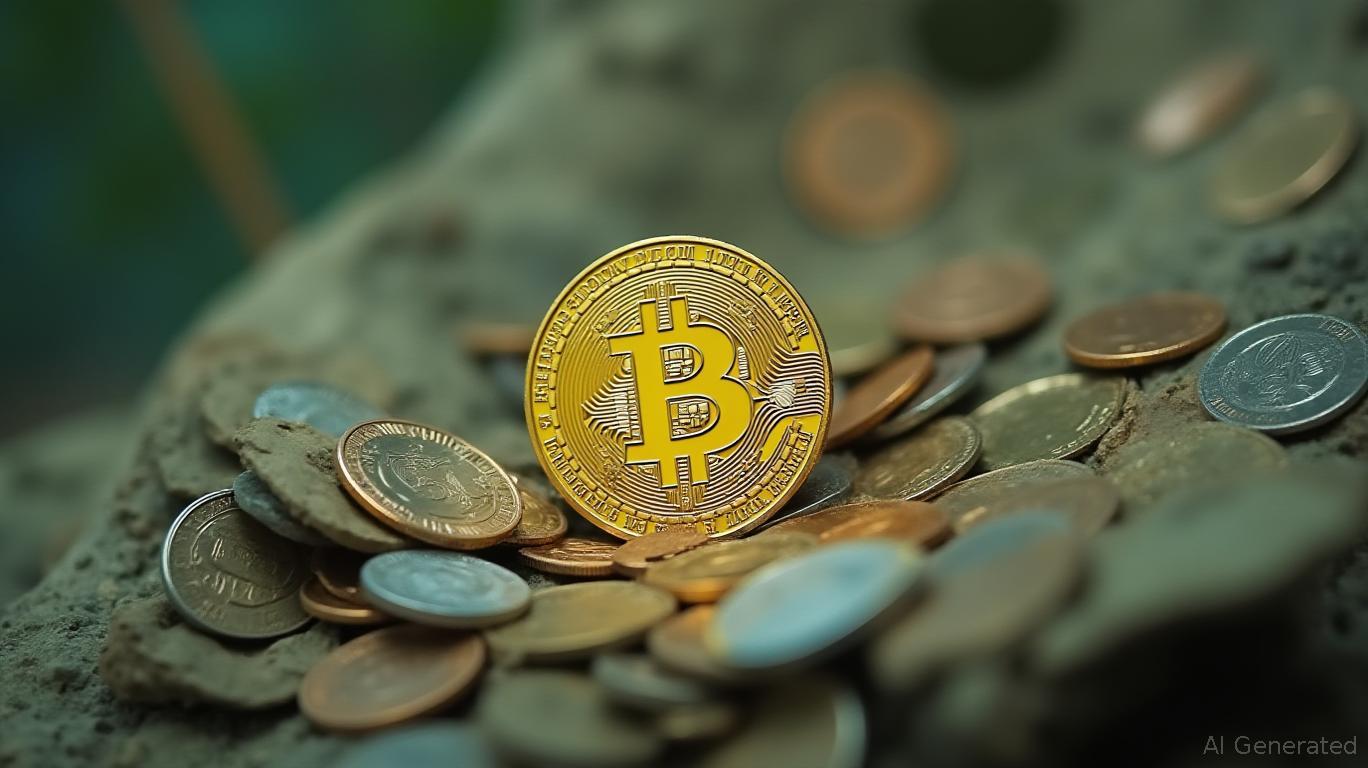Bolivia’s Financial Turmoil Drives USDT Usage as a Digital Dollar Alternative

Car dealerships representing Toyota, Yamaha, and BYD in Bolivia now accept
The use of USDT for large-scale purchases highlights its function as a practical digital dollar substitute within Bolivia.
Bolivia’s financial turmoil has rapidly sped up stablecoin integration. With inflation reaching its highest point in forty years and foreign reserves nearly exhausted, both individuals and businesses have increasingly relied on USDT to shield themselves from market instability. USDT’s link to the dollar offers a reliable transaction method in a landscape where traditional banking is often inaccessible. The widespread use of mobile wallets and QR code payments has normalized USDT usage in sectors such as retail and automotive sales. By May 2025, over 10,000 official crypto transactions had been recorded, amounting to 611 million bolivianos (about $88 million), with actual figures likely higher due to informal peer-to-peer trading.
On the global stage, USDT’s influence in the stablecoin space has expanded, reaching a market capitalization of $172.3 billion and annual transaction volumes surpassing $1 trillion by mid-2025. In developing economies, stablecoins are increasingly seen as tools for cross-border payments, savings, and everyday transactions. Bolivia's experience mirrors wider global movements—such as Pakistan’s initiative for a
The United States has introduced its own regulatory response: the GENIUS Act, which was passed in July 2025 and requires payment stablecoins to be fully backed by reserves, while establishing federal oversight for major issuers. This law is designed to foster innovation while protecting consumers, and may serve as a model for global stablecoin regulation. In Bolivia, lawmakers are also evaluating policies to better incorporate stablecoins into mainstream finance, including enabling direct boliviano-to-USDT exchanges to minimize currency conversion issues.
Bolivia’s transition toward USDT illustrates the growing significance of stablecoins in managing economic instability. While obstacles such as regulatory gaps and rural adoption persist, the Bolivian case shows how digital currencies can become valuable tools for economic stability. As more countries adopt these technologies, stablecoins like USDT could fundamentally change payment systems in economies facing currency fluctuations.